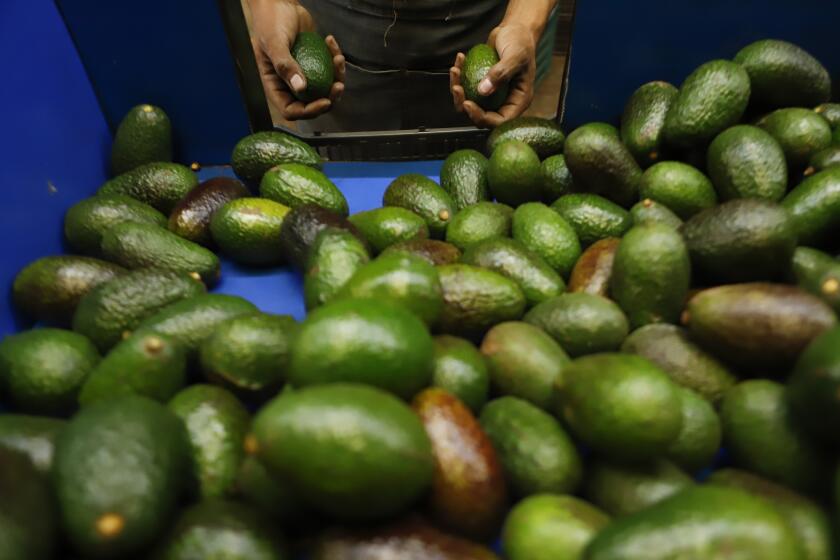San Francisco D.A.: âBack on Trackâ saves money and reduces crime
The Timesâ article about San Franciscoâs Back on Track initiative (âSan Francisco D.A.âs program trained illegal immigrants for jobs they couldnât legally hold,â June 22) painted an extremely distortedpicture of this nationally recognized program that has reduced crime and saved money.
Back on Track is an innovative program that has achieved remarkable results. It has dramatically reduced recidivism -- the re-offense rate -- among its targeted population (nonviolent, first-time, low-level drug offenders). In California, 54% of drug offenders commit additional crimes; less than 10% of Back on Track graduates in San Francisco re-offend. Thatâs why Back on Track was adopted as a national model by the National District Attorneys Assn.
In addition to cutting crime, Back on Track is saving taxpayers money. The program costs $5,000 per participant, while taxpayers pay 10 times as much per year -- about $50,000 -- to house an inmate in county jail or state prison. On top of that, taxpayers save even more money because the program reduces recidivism; keeping just 25 people from returning to jail for one year saves taxpayers $1.25 million. In a time of catastrophic budget shortages, we desperately need programs like this that improve public safety and save money.
Only nonviolent offenders are eligible for Back on Track. As a veteran prosecutor, I donât hesitate to put people who commit serious and violent offenses behind bars. In fact, my office has increased felony conviction rates to their highest level in 14 years; we have doubled the number of people sentenced from San Francisco to state prison.
Eligibility for Back on Track is restricted to individuals who are first-time, nonviolent, low-level offenders with no gang affiliations, no prior convictions and no âICE holdsâ that suggest possible immigration issues. No one with a hold by U.S. Immigration and Customs Enforcement has ever been allowed to enter the Back on Track program. (Alexander Izaquirre, the illegal immigrant who was the focus of The Timesâ article, did not have an ICE hold when he was admitted to the program.) Additionally, all participants must prove they are legally eligible to work before being admitted to the program.
Getting tough on crime also means getting smart about crime. Most people know that too many small-time drug dealers eventually end up back on the streets after their convictions and are a big part of the revolving door of crime; this is precisely the costly cycle we created Back on Track to break. Enrollees are under close court supervision while undergoing a mandatory, intensive personal responsibility program. They must go back to school, get a job, get current with any child support they may owe and attend parenting classes. Back on Track combines close supervision and strict accountability to save money and reduce crime. Law-abiding citizens fed up with the petty drug dealers in their neighborhoods need solutions that work.
The flaw in the initiative that The Times pointed out was fixed when it came to my attention. This is the type of innovation we need to tackle the chronic problem of recidivism in California, a problem that makes our neighborhoods less safe with each passing day. No innovative program will ever be created without some unanticipated flaws to be fixed along the way, but this must not stop us from tackling tough problems with smart solutions.
Kamala Harris is district attorney of San Francisco.
More to Read
A cure for the common opinion
Get thought-provoking perspectives with our weekly newsletter.
You may occasionally receive promotional content from the Los Angeles Times.










